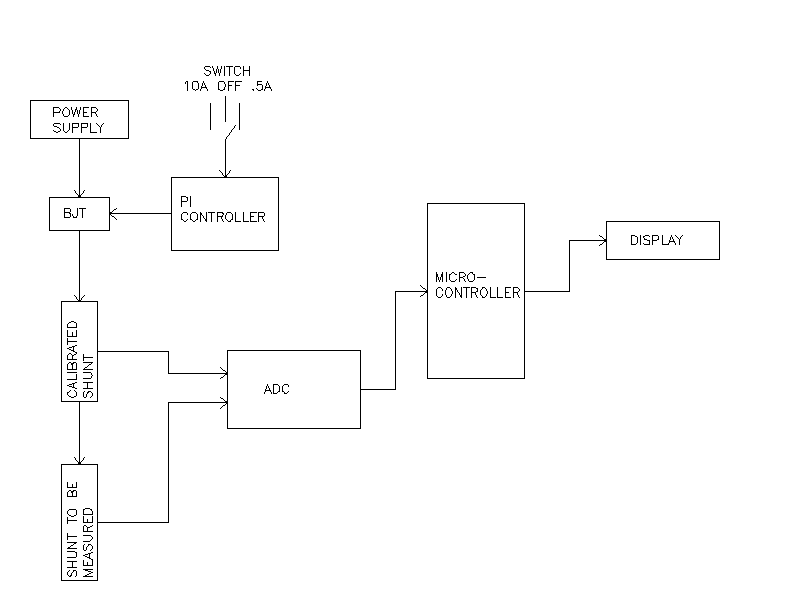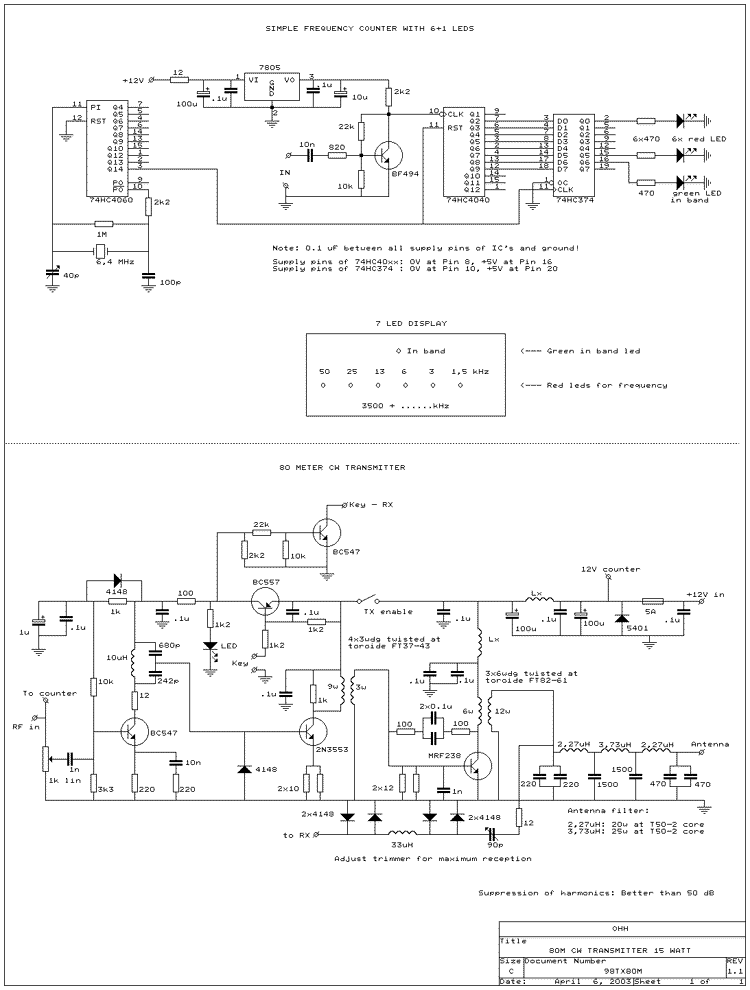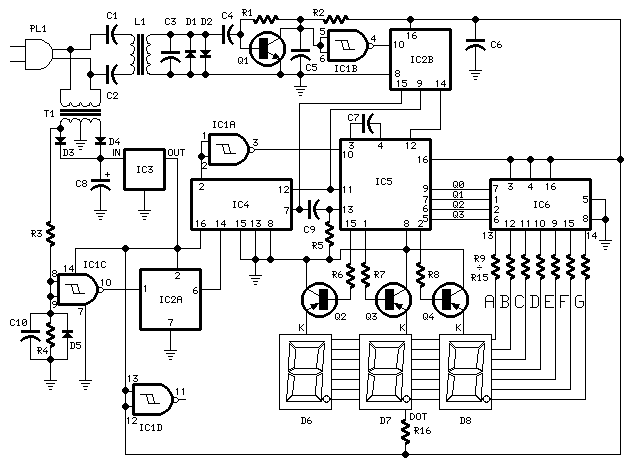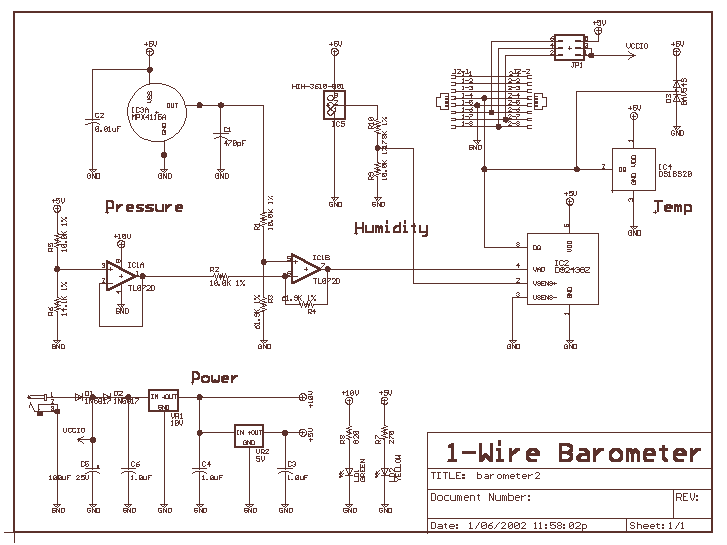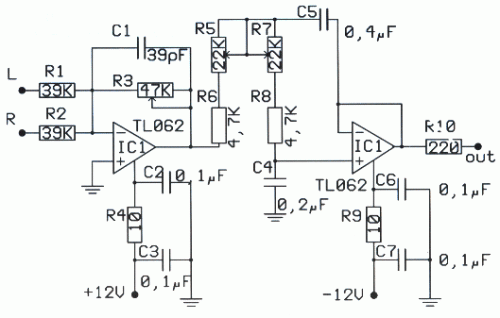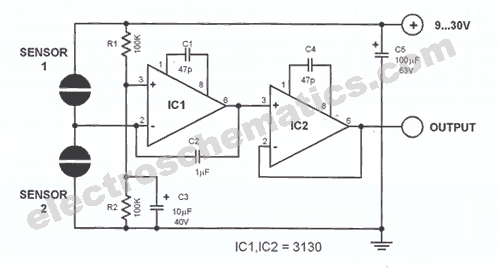
Adding VU Meter to Dantimax thatmic preamp
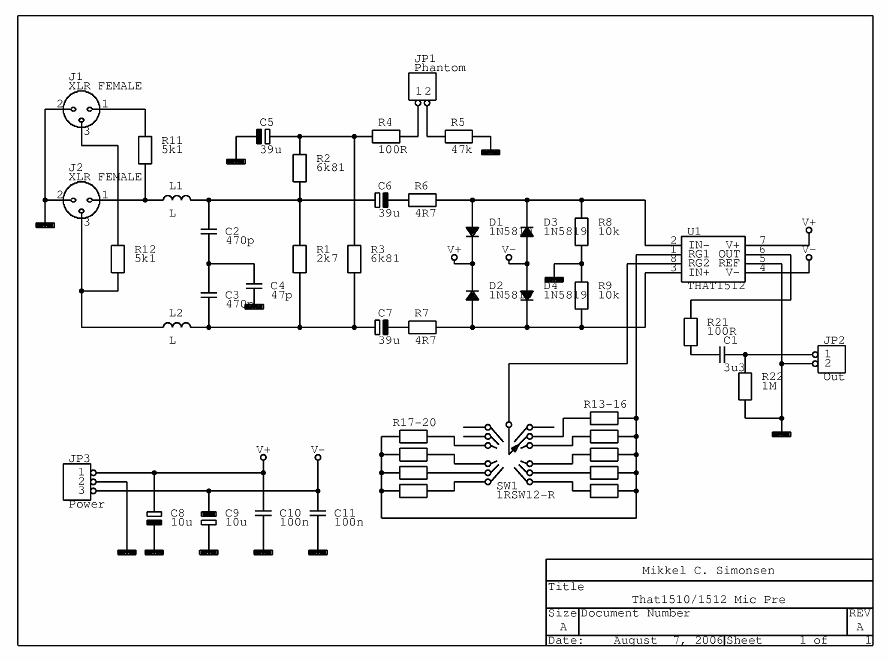
A user has recently purchased the Dantimax that mic preamp and is seeking guidance on how to install a VU meter.
The integration of a VU meter with the Dantimax mic preamp can enhance audio monitoring by providing visual feedback on signal levels. To achieve this, a schematic design must be developed to connect the VU meter to the output of the mic preamp.
The VU meter typically requires a DC voltage for operation, which can be obtained from the preamp's power supply. The connection should be made to the output stage of the mic preamp, where the audio signal is present. It is crucial to ensure that the output signal is appropriately scaled, as VU meters usually operate on a specific voltage range.
A resistor divider network may be employed to scale down the output voltage to a level suitable for the VU meter. A capacitor can also be added in parallel to smooth out the signal, providing a more stable reading on the meter. Additionally, a protection diode may be necessary to prevent reverse polarity or voltage spikes from damaging the VU meter.
The schematic should include the mic preamp output, the resistor divider, the VU meter connections, and any additional components such as capacitors and diodes. Proper grounding and shielding techniques should be implemented to minimize noise and interference in the audio signal path.
Consulting the VU meter's datasheet will provide specific connection details, including the required input voltage and current specifications, ensuring compatibility with the mic preamp output.Hi all, i`ve recently bought the dantimax thatmic pre amp and i was wondering if anyone could point me in the right direction to install a vu meter.. 🔗 External reference
The integration of a VU meter with the Dantimax mic preamp can enhance audio monitoring by providing visual feedback on signal levels. To achieve this, a schematic design must be developed to connect the VU meter to the output of the mic preamp.
The VU meter typically requires a DC voltage for operation, which can be obtained from the preamp's power supply. The connection should be made to the output stage of the mic preamp, where the audio signal is present. It is crucial to ensure that the output signal is appropriately scaled, as VU meters usually operate on a specific voltage range.
A resistor divider network may be employed to scale down the output voltage to a level suitable for the VU meter. A capacitor can also be added in parallel to smooth out the signal, providing a more stable reading on the meter. Additionally, a protection diode may be necessary to prevent reverse polarity or voltage spikes from damaging the VU meter.
The schematic should include the mic preamp output, the resistor divider, the VU meter connections, and any additional components such as capacitors and diodes. Proper grounding and shielding techniques should be implemented to minimize noise and interference in the audio signal path.
Consulting the VU meter's datasheet will provide specific connection details, including the required input voltage and current specifications, ensuring compatibility with the mic preamp output.Hi all, i`ve recently bought the dantimax thatmic pre amp and i was wondering if anyone could point me in the right direction to install a vu meter.. 🔗 External reference
